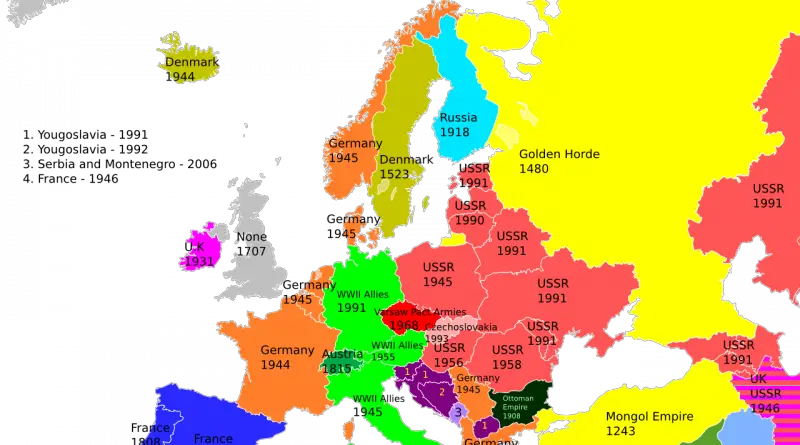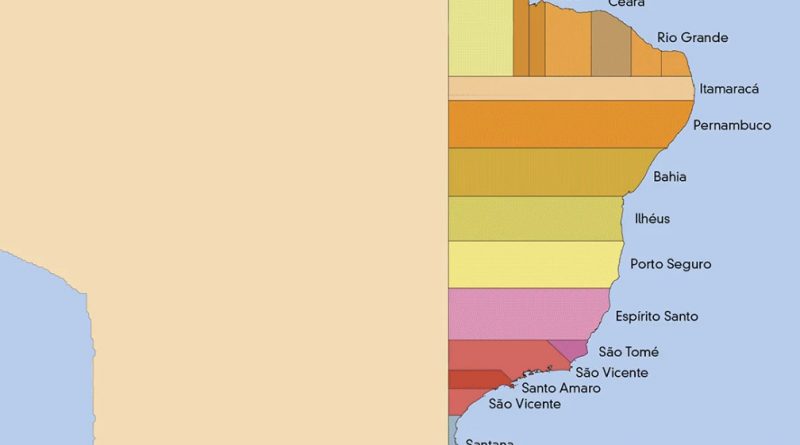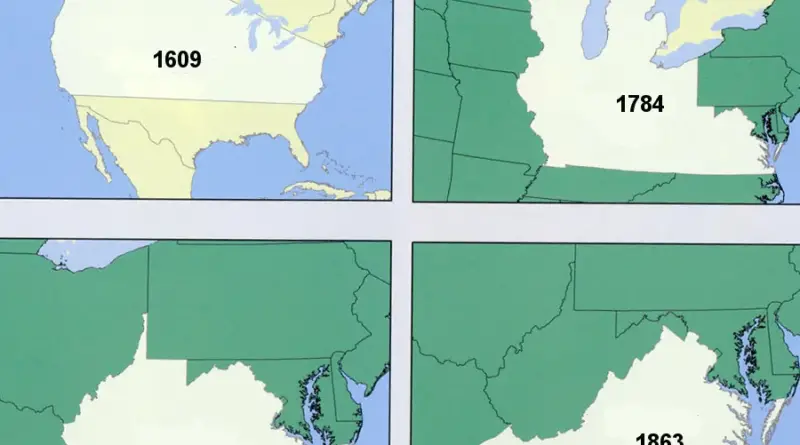Animated map shows Sydney’s 250-year evolution in 30 seconds
It’s been less than 250 years since the First Fleet of 1,485 settlers first arrived in New South Wales in 1788. In that relatively short time, Sydney has developed into one of the world’s largest, with a population of over 5 million. To get a better understanding of how Sydney became the modern metropolis it is today, Budget Direct analyzed dozens of maps of Sydney from the National Library of Australia and other sources from the years 1770-2020.
Read More









